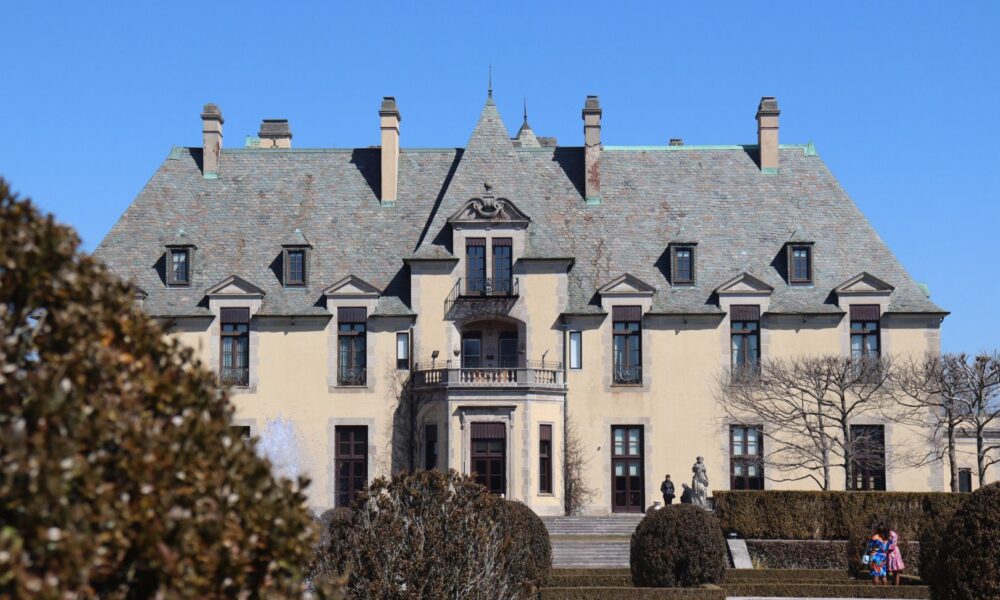By Antonio Mochmann and Elene Mokhevishvili. Graphic by Antonio Mochmann.
The recent increase in environmental disasters has caused many Americans to question the sincerity of President Joe Biden’s promises of environmental protection. The approval of the Willow project on March 13 is not helping his case. The oil drilling project aims to take advantage of the resource-rich land of the National Petroleum Reserve located on Alaska’s North Slope. The energy company ConocoPhillips already maintains two oil drilling facilities in the area — the Willow project will be their biggest venture, projected to release 9.2 metric tons of carbon pollution per year. However, the sensationalization of such a complex issue has caused misunderstandings of the issues at hand.
Taking the internet by storm, videos condemning the Willow project grabbed the attention of a plethora of TikTok users, with the majority of them being Generation Z. The messages in these videos are charged with urgency and implore viewers to take action through petitions and protest. While their messages were effective in spreading the word, some also shared misinformation, igniting widespread panic about the Willow project and the threats of climate change.
Images of receding ice sheets, emaciated polar bears and scarred landscapes flood the page when searching the Willow project on TikTok. These videos imply that the approval of Willow would spell apocalyptic damage to the environment, leaving viewers hopeless. While the project’s environmental impact should not be taken lightly, demoralizing audiences — mainly Gen Z — online in the fight against climate change is counterintuitive and prevents action. Social media platforms can only serve as a stepping stone for education on these kinds of issues. Clearing up political and scientific misconceptions surrounding Willow is essential for creating an effective front for sustainability.
Biden’s recent decision has made many of his supporters question his true intentions when it comes to climate change. However, the sudden popularity of the issue has caused details about the approval of the Willow project to be omitted from public discourse. “It seems that Biden, who indeed is an advocate for climate change mitigation, found himself in a set of circumstances that made it difficult not to approve the project,” said Oleg Smirnov, a political science professor at Stony Brook University. “I think the two factors were probably most important: local bipartisan support and prior commitments.”
Since the Willow project was originally approved by the Trump administration in 2020, Biden’s options in dealing with the decision were limited. One concern was that ConocoPhillips — the energy company that originally proposed Willow — owned leases on the land that would be used for the drill site. Biden’s administration determined that rejecting the project would have led to legal fines and lawsuits from the company. The Alaskan Bipartisan congressional delegation also highly supported the project, so any rejections would have led to tensions between the Biden’s administration and the delegation.
Upon approval, the Biden administration was able to reduce the original amount of drill pads being used from five to three. Biden also announced a conservation plan that would protect 3 million acres of the Arctic Ocean from drilling sites, as expected per his campaign promises.
However, Biden is not completely absolved of blame. He essentially broke his campaign promise to end new oil and gas drilling on public lands, leading to valid angry reactions from activists and voters. However, it is important to note that an issue like this does not have a sole cause. Energy is better spent informing oneself and holding the right people, among Biden, accountable.
Unlike the online activists, many Alaskan stakeholders are supportive of the project. Among these is Nagruk Harcharek, the president of the Voice of The Arctic Iñupiat, a non-profit organization aimed at networking remote communities in the North Slope Borough and creating a unified front to tackle issues affecting the municipality.
“We hope…the administration continues to listen to the elected Iñupiat leadership…heeding the strong support for Willow across our state.” Harcharek urges decision makers to listen to Alaskans “instead of bowing to the will of outside groups with no ties to [their] land, heritage, or people.”
Compared to other states, Alaskan infrastructure is more difficult to maintain, largely due to its size. Transportation, water systems and waste management pose difficulties to Alaskans, especially those living in remote areas — largely populated by Indigenous people. The Willow project would bring more stability to the state, so sustainability and climate mitigation do not seem to be a priority for many residents. “The Willow project is a new opportunity to ensure a viable future for our communities,” President Harcharek said, “creating generational economic stability for our people and advancing our self-determination.”
Other Indigenous Alaskan leaders oppose the project, recounting oil spills from similar drilling ventures in a letter drafted by the mayor of Nuiqsut, Rosemary Ahtuangaruak. Residents of Nuqsuit — a small city in Alaska’s North Slope and a member of the Voice of the Arctic — have been particularly vulnerable to the environmental damages of oil drills due to their close proximity to ConocoPhillips drilling sites. In March 2022, excess pressure caused a natural gas leak at ConocoPhillips’ CD1 drilling pad near Nuqsuit. A mass evacuation followed immediately after, unnerving many residents in the area who have already expressed concerns about air pollution.
“We explain our distress about our air quality…and we are confronted with accidents…like CD1,” Mayor Ahtuangaruak said. In a video urging decision makers to stop The Willow project, she added that “we’re only seeing more and more oil and gas development being promoted for profitability over our life, health and safety.”
In a report by the United Nations’ Intergovernmental Panel on Climate Change (IPCC), it’s noted that Indigenous Arctic communities will continue to suffer from retreating ice sheets and glaciers. Alaskans risk the loss of their cultural identities with the absence of ice and snow, according to the IPCC. The Willow project’s estimated carbon emissions will likely contribute to the ongoing deterioration of Alaskan communities. The wellbeing of wildlife is an additional concern. According to Ahtuangaruak’s letter, the Bureau of Land Management (BLM), which is responsible for managing federal land like Alaska’s North Slope, neglects the importance of caribou and whaling ceremonies — both culturally vital to Iñupiat Alaskans.
Understandably, many people have started to fall into the pessimistic spiral of climate doom. It is easy to lose hope for the environment’s wellbeing while processing one disaster after the other. While it is true that the Willow project will have detrimental effects on the environment, the fight to save our planet is not over. Many organizations are still in the fight, whether it’s through protests or fighting back with lawsuits. The Willow project isn’t a sign to give up — it is a reason to fight.




Comments are closed.